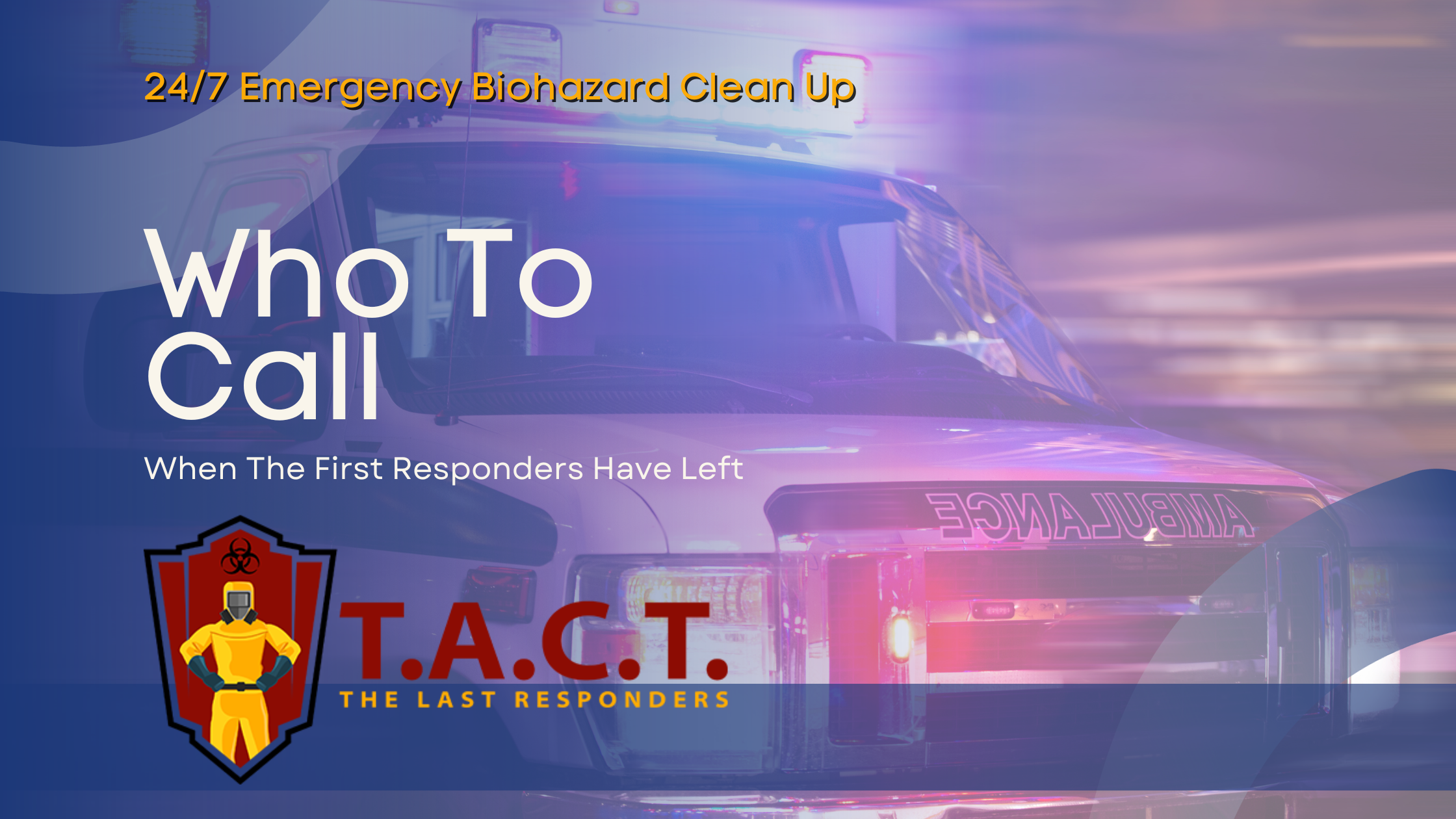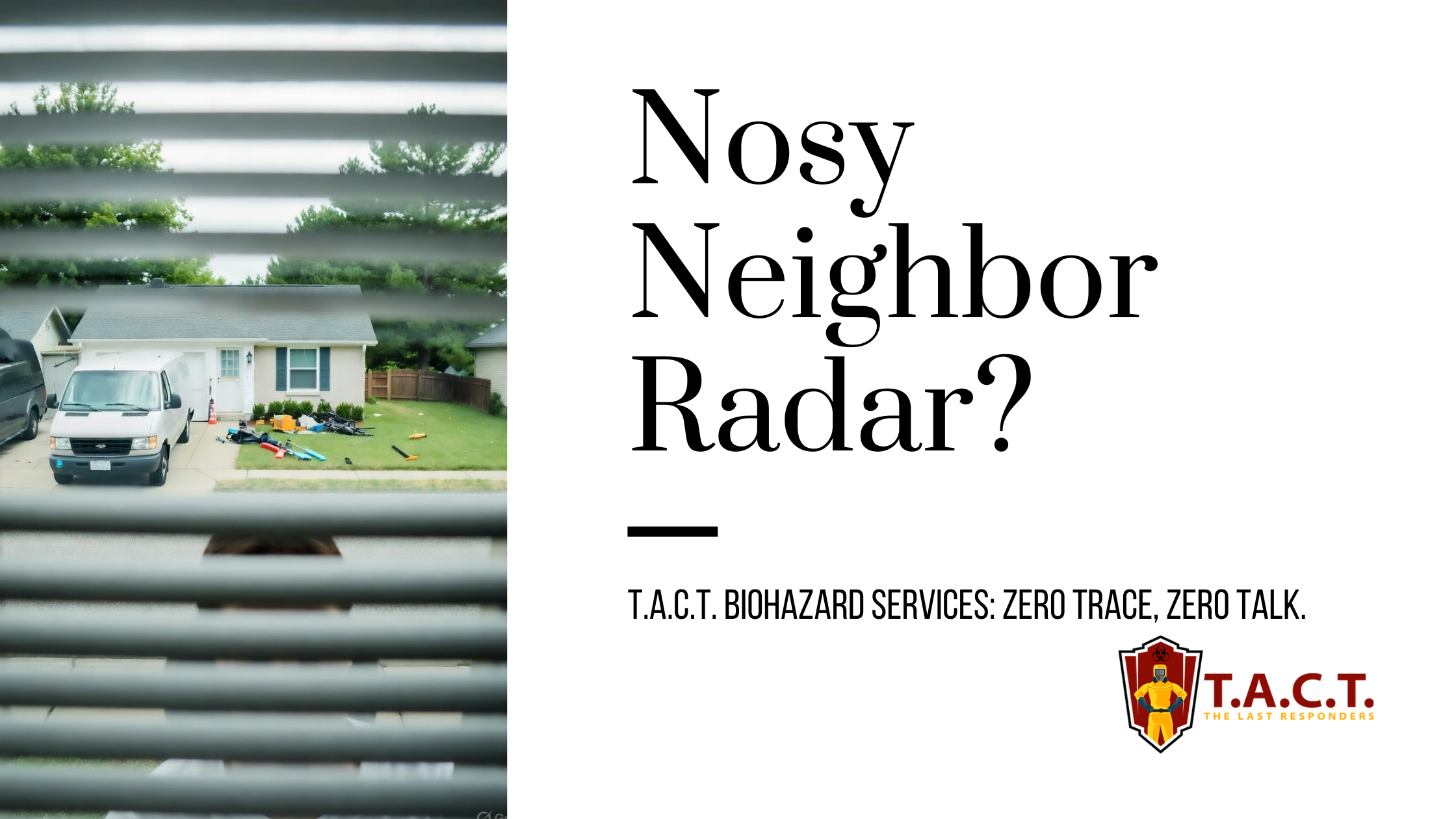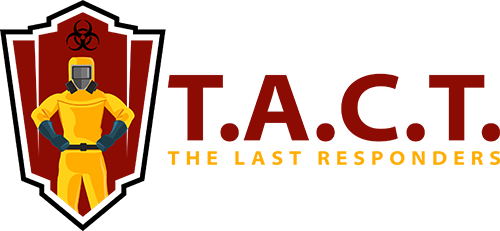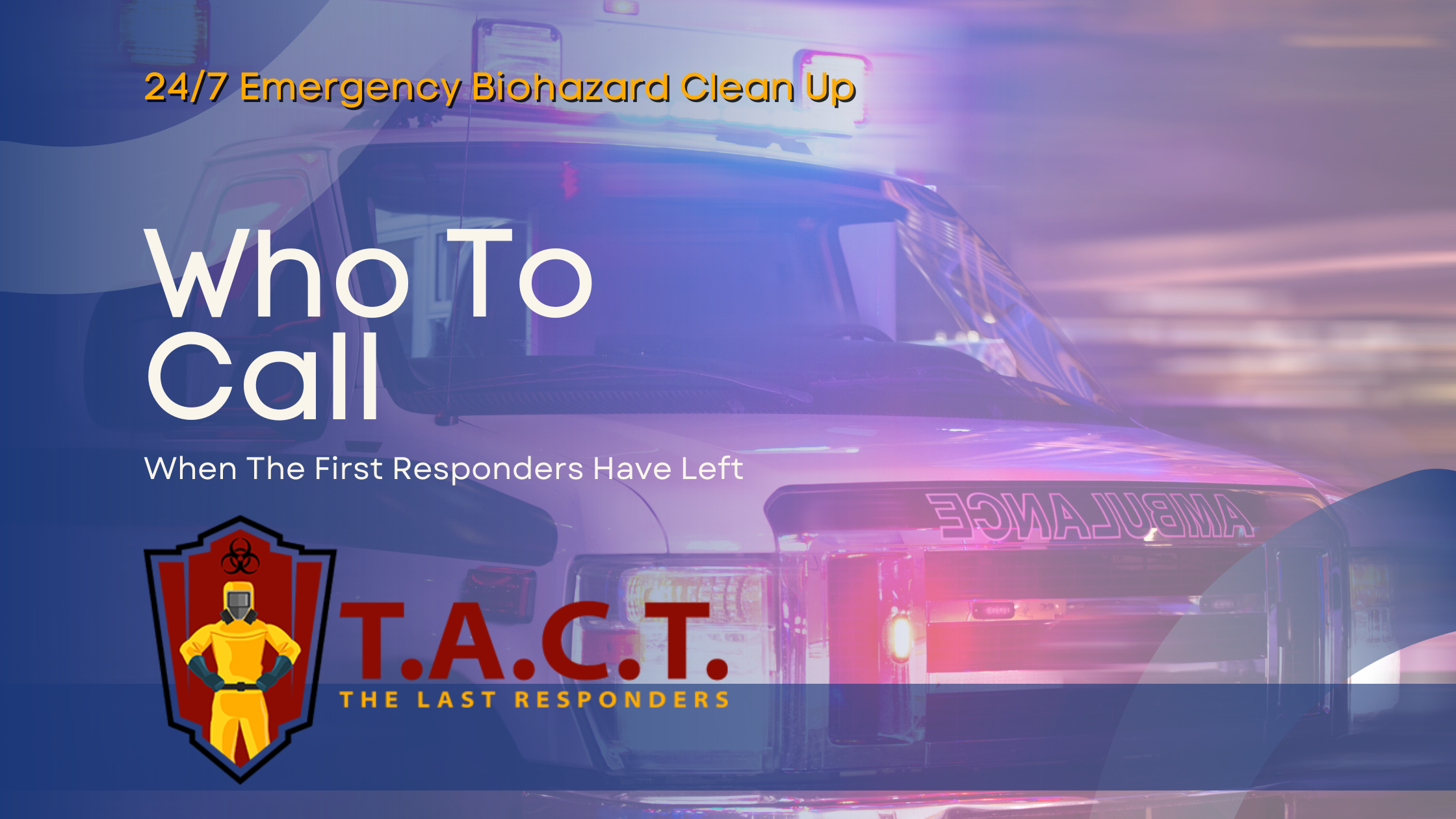Professional odor removal services guide to permanent odor elimination

Professional Odor Removal Services: Complete Guide to Permanent Odor Elimination
Persistent odors can reduce property values by up to 35% while creating health hazards for occupants. Unlike temporary solutions that mask odors with air fresheners or masking agents, professional odor removal services eliminate unpleasant odors at their source using advanced technology and proven scientific methods.
Property owners facing stubborn smells from smoke damage, pet accidents, mold growth, or water damage often discover that consumer-grade odor removal products only provide temporary relief. Professional teams equipped with specialized equipment like ozone generators, hydroxyl machines, and industrial-grade cleaning solutions offer permanent odor elimination that protects both property values and occupant health.
This comprehensive guide explores everything you need to know about professional odor removal services, from understanding different odor types to selecting certified restoration specialists who can eliminate odors permanently.
What Are Professional Odor Removal Services?
Professional odor removal services eliminate persistent and stubborn odors at their source rather than masking them with temporary solutions. These specialized removal services target the root causes of unpleasant odors using scientifically proven methods that neutralize odor molecules at the molecular level.

Certified technicians use specialized equipment like ozone generators, hydroxyl machines, and HEPA filtration systems to eliminate odors that penetrate deep into porous surfaces, walls, HVAC systems, and furniture. Unlike consumer air fresheners that merely mask odors temporarily, professional odor removal creates lasting results by breaking down the chemical compounds that create persistent smells.
Services target odors from fire damage, water damage, mold, pets, cigarette smoke, and biological contaminants that require more than surface cleaning. Professional teams understand that different odor sources require unique process approaches - protein based odors from pet accidents need enzyme treatments, while smoke odor removal requires thermal fogging and specialized absorption agents.
IICRC-certified professionals ensure proper protocols and safety standards during odor elimination. This restoration certification guarantees that technicians follow industry best practices for safety, especially when using powerful equipment like ozone generators that require complete evacuation during treatment.
Treatment duration typically ranges from 24-72 hours depending on odor severity and affected area size. Complex cases involving pervasive odors from house fire damage or extensive mold growth may require multiple treatment cycles to achieve complete elimination.
Common Types of Odors Requiring Professional Treatment
Different odor sources require specialized approaches and equipment because odor molecules behave differently based on their chemical composition. Understanding these distinctions helps property owners recognize when professional intervention becomes necessary rather than attempting inadequate home odor removal methods.
Fire and Smoke Damage Odors
Smoke particles penetrate deep into walls, HVAC systems, furniture, and porous materials, creating some of the most challenging odor removal situations. Fire damage produces both visible soot and invisible smoke odor that requires comprehensive treatment beyond surface cleaning.
Wildfire smoke and house fire residue create persistent odors that linger for months without treatment. Smoke molecules are microscopic and can travel through the smallest cracks and crevices, embedding themselves in materials throughout the property. This makes smoke odor removal particularly complex because affected areas extend far beyond visible damage zones.
Soot and tar deposits require thermal fogging and specialized cleaning agents for complete removal. The heat from thermal fogging allows deodorization agents to penetrate the same pathways that smoke originally followed, ensuring thorough treatment of all affected surfaces and spaces.
Professional smoke odor removal prevents health risks from toxic smoke particles that can cause respiratory issues and other health problems. Cigarette smoke smell and tobacco smoke create similar challenges, with nicotine and tar residue that adheres to surfaces and requires specialized chemical treatments to neutralize completely.
Water Damage and Mold Odors
Flooding and water leaks create musty, mildew odors from bacterial growth and mold contamination that penetrate deep into building materials. Water damage restoration must address both visible moisture and hidden dampness that continues producing unpleasant odors long after surface areas appear dry.
Hidden moisture in walls and subfloors requires moisture detection equipment and thorough drying to prevent ongoing odor issues. Professional teams use thermal imaging and moisture meters to locate all affected areas, ensuring complete water damage restoration that eliminates odor at its source.
Sewage backups produce dangerous pathogens and require immediate professional intervention to prevent health risks and eliminate odors caused by biological contamination. These situations involve both odor removal and biohazard remediation to ensure safe indoor environments.
Mold remediation combined with odor removal prevents recurring contamination issues. Mold spores not only create musty smells but also pose serious health risks, making professional treatment essential for both odor elimination and occupant safety.
Pet and Animal Odors
Urine, feces, and pet dander create ammonia-based odors that penetrate carpet padding and subflooring, making them particularly challenging for home odor removal attempts. Pet odors involve protein based odors that require specialized enzyme treatments to break down organic compounds completely.

Deceased animal odors from walls, crawl spaces, or HVAC systems require source location and removal before odor elimination can succeed. These situations often involve animals that died in inaccessible areas, creating persistent smells that circulate through ventilation systems throughout the property.
Enzyme-based treatments break down organic compounds that cause persistent pet smells at the molecular level. These biological solutions continue working over time, providing ongoing odor elimination that prevents recurring odor issues from the same contamination sources.
Professional treatment prevents property devaluation up to 35% from untreated pet odors. Real estate professionals consistently report that pet odors significantly impact property values and marketability, making professional remediation a sound financial investment for property owners.
Cigarette and Cannabis Smoke
Nicotine and tar residue adheres to surfaces, creating yellow stains and persistent tobacco smoke odors that penetrate building materials. Cigarette smoke smell becomes embedded in walls, ceilings, and HVAC systems, requiring comprehensive treatment beyond surface cleaning.
Cannabis smoke contains oils and terpenes that require specialized neutralization techniques different from traditional tobacco smoke treatment. These compounds create unique odor challenges that standard air fresheners and consumer products cannot eliminate effectively.
HVAC system cleaning prevents smoke circulation throughout entire properties. Contaminated ductwork continues distributing smoke odors long after smoking stops, making professional duct cleaning essential for complete odor elimination.
Surface sealing with odor-blocking primers may be necessary for heavily contaminated areas where odor molecules have penetrated so deeply that removal becomes impractical. This approach prevents further damage while ensuring odors cannot escape from sealed surfaces.
Professional Odor Removal Techniques and Equipment
Professional odor removal relies on scientific approaches to odor elimination using advanced technology and proven methods that target specific types of contamination. Each technique addresses different odor sources and requires specialized equipment operated by trained technicians.
Ozone Treatment
Ozone generators produce O3 molecules that chemically break down odor-causing compounds through oxidation. This powerful chemical treatment effectively eliminates odors at the molecular level by destroying the chemical bonds that create unpleasant smells.
Treatment requires complete evacuation of people and pets for 24-48 hours during application due to health risks from ozone exposure. While highly effective, ozone treatment demands strict safety protocols and professional supervision to prevent harmful chemical exposure to occupants.
Effective against smoke, biological odors, and chemical contamination in unoccupied spaces, ozone treatment reaches areas that other methods cannot access. The gas penetrates fabrics, cracks, and porous materials, providing comprehensive odor elimination throughout treated spaces.
Proper ventilation essential after treatment to ensure safe re-entry. Professional teams monitor ozone levels and provide adequate air exchange before allowing occupants to return, ensuring indoor environments meet safety standards.
Hydroxyl Generation
Hydroxyl radicals safely neutralize odors while allowing continued occupancy during treatment. This technology offers significant advantages over ozone treatment by providing effective odor removal without requiring evacuation or posing health risks to occupants.

Technology mimics natural atmospheric cleaning processes for safe indoor air treatment. Hydroxyl machines replicate the same purification processes that occur naturally in Earth’s atmosphere, making them environmentally friendly and safe for continuous operation.
Effective against mold spores, bacteria, viruses, and organic odor molecules, hydroxyl generators provide comprehensive air purification beyond simple odor removal. This technology addresses multiple indoor air quality issues simultaneously while eliminating odors.
UV-based hydroxyl generators work continuously without safety concerns for residents. Unlike ozone treatment, hydroxyl generation allows normal property use during treatment, making it ideal for occupied buildings and sensitive environments.
Thermal Fogging
Heated deodorizing agents penetrate the same pathways as original odor contamination, ensuring thorough treatment of affected areas. This technique uses heat to create microscopic fog particles that follow the exact routes that odors originally traveled.
Particularly effective for smoke damage where odors have penetrated deep into materials throughout the property. Thermal fogging reaches areas that conventional cleaning cannot access, providing comprehensive treatment for pervasive odors from fire damage.
Fog particles reach cracks, crevices, and hidden areas that other methods cannot access. The heated fog expands and contracts with temperature changes, forcing deodorizing agents into the smallest spaces where odor molecules hide.
Process recreates conditions that caused initial odor penetration for thorough treatment. By mimicking the original contamination process, thermal fogging ensures that deodorization agents reach every affected area for complete odor elimination.
Enzyme Treatment
Biological enzymes break down organic compounds at the molecular level, providing permanent elimination of protein-based odors. This natural approach uses living organisms to digest the organic materials that create persistent smells.
Specifically effective against protein based odors like pet urine, food waste, and biological contamination. Enzyme treatments target the specific organic compounds found in these odor sources, breaking them down completely rather than masking them.
Eco-friendly approach using natural processes to eliminate odor sources without harmful chemicals. Enzyme treatments offer sustainable odor removal that poses no health risks to occupants or environmental concerns for property owners.
Continued effectiveness over time as enzymes continue working after application. Unlike chemical treatments that provide one-time results, enzyme solutions continue breaking down organic materials for extended periods, preventing odor recurrence.
Professional Odor Removal Process
Professional teams follow systematic approaches to ensure complete odor elimination while maintaining safety standards throughout the process. This comprehensive method addresses both visible contamination and hidden odor sources that DIY methods typically miss.
Assessment and Testing
Visual inspection identifies visible contamination sources and affected materials throughout the property. Professional technicians examine all areas where odors might originate or spread, including hidden spaces that property owners might overlook.
Moisture detection equipment locates hidden water damage and mold growth that contributes to ongoing odor issues. Advanced sensors identify moisture problems behind walls and under flooring that create ideal conditions for mold and bacterial growth.
Air quality testing measures odor intensity and identifies specific contamination types to determine appropriate treatment methods. Professional testing equipment provides objective measurements that guide treatment decisions and verify results.
Customized treatment plan developed based on odor source, severity, and property conditions. Each situation requires unique approaches based on contamination type, affected materials, and occupancy requirements for the space.
Source Removal and Cleaning
Physical removal of contaminated materials like carpet padding, drywall, or insulation eliminates odor sources that cannot be effectively cleaned. Sometimes removal proves more cost-effective than attempting to clean heavily contaminated materials.

Deep cleaning of all affected surfaces using specialized cleaning agents removes surface contamination and prepares areas for deodorization treatment. Professional-grade cleaning solutions target specific types of contamination more effectively than consumer products.
HVAC system cleaning prevents odor circulation and recontamination throughout the property. Contaminated ductwork and ventilation systems continue spreading odors even after source areas receive treatment.
Complete debris removal ensures odor sources cannot regenerate after treatment completion. Proper disposal of contaminated materials prevents cross-contamination and ensures that odor sources do not return to treated areas.
Deodorization Treatment
Application of appropriate deodorization method based on odor type and property requirements ensures optimal results for each situation. Professional teams select the most effective combination of techniques for specific contamination types.
Multiple treatment cycles may be necessary for complete odor elimination in cases involving pervasive odors or extensive contamination. Complex situations require patience and persistence to achieve permanent results.
Air quality monitoring ensures treatment effectiveness and safety throughout the process. Continuous monitoring allows technicians to adjust treatment parameters and verify that odors are being eliminated rather than merely reduced.
Surface sealing applied when odor removal is impractical or cost-prohibitive for certain materials. Strategic sealing prevents odor escape while maintaining cost-effectiveness for property owners facing extensive contamination.
Verification and Guarantee
Post-treatment inspection confirms complete odor elimination using both professional testing and sensory evaluation. Thorough verification ensures that treatment achieved intended results before project completion.
Air quality testing verifies safe re-occupancy levels and confirms that treatment did not create new air quality issues. Professional monitoring ensures that treatment methods did not introduce harmful chemicals or other contaminants.
Many companies offer satisfaction guarantees or money-back warranties that protect property owners’ investment in professional treatment. These guarantees demonstrate confidence in professional methods and provide peace of mind for customers.
Follow-up services available if odors return within specified timeframes. Reputable companies stand behind their work and address any recurring issues that might develop after initial treatment.
Cost Factors for Professional Odor Removal
Pricing depends on odor type, affected area size, treatment duration, and equipment requirements. Understanding these variables helps property owners budget appropriately and compare service providers effectively.
Smoke damage treatment typically ranges from $2,000-$15,000 for whole-house remediation depending on contamination severity and property size. Extensive fire damage requiring multiple treatment methods and material replacement increases costs significantly.
Pet odor removal costs $200-$2,000 depending on contamination extent and carpet replacement needs. Minor pet accidents may require only enzyme treatment, while extensive contamination might necessitate flooring replacement and subfloor sealing.
Emergency services and weekend treatments may include additional surcharges for immediate response. Urgent situations requiring after-hours service typically cost 25-50% more than standard scheduling.
Insurance coverage often applies for odors resulting from covered disasters like fires or floods. Property owners should review their policies and work with their insurance providers to understand coverage for professional odor removal services.
Choosing Professional Odor Removal Services
Selecting qualified professionals ensures effective treatment while protecting your property and investment. Several key factors distinguish reputable service providers from less qualified competitors.
Certification and Training
IICRC certification ensures technicians follow industry standards for restoration and cleaning. This restoration certification demonstrates that service providers have received proper training and maintain current knowledge of best practices.
EPA approval for cleaning products and equipment guarantees safety and effectiveness of chemical treatments used in your property. Approved products meet strict safety standards while providing proven odor elimination results.
Ongoing training keeps technicians updated on latest odor removal technologies and safety protocols. The restoration industry continues evolving, and qualified professionals invest in continuing education to maintain their expertise.
Insurance and bonding protect property owners from liability during treatment. Reputable companies carry comprehensive insurance that covers potential property damage and worker injuries during service provision.
Equipment and Technology
Professional-grade ozone generators, hydroxyl machines, and air filtration systems provide capabilities that consumer equipment cannot match. Industrial equipment offers power and precision necessary for complete odor elimination.
Moisture detection equipment and thermal imaging cameras for comprehensive assessment identify hidden problems that visual inspection cannot reveal. Advanced diagnostic tools ensure that treatment addresses all contamination sources.
Industrial-strength cleaning agents and specialized deodorization products provide superior results compared to consumer alternatives. Professional formulations target specific contamination types more effectively than general-purpose products.
Proper safety equipment including respirators and protective clothing for technician safety demonstrates professional standards and protects both workers and property occupants from exposure to harmful chemicals.
Experience and Reputation
Companies with 10+ years experience handling diverse odor removal challenges have encountered most types of contamination and developed effective solutions for complex situations.
Local references and online reviews from previous residential and commercial clients provide insight into service quality and customer satisfaction. Reputable companies gladly provide references and maintain positive community relationships.
Specialized expertise in specific odor types like fire damage or biological contamination ensures that service providers understand the unique challenges associated with your particular situation.
24/7 emergency response availability for urgent odor removal situations demonstrates commitment to customer service and ability to address time-sensitive problems promptly.
Benefits of Professional vs DIY Odor Removal
Professional services eliminate odors permanently rather than temporarily masking them with air fresheners or consumer products. This fundamental difference determines long-term success and cost-effectiveness of treatment efforts.
Specialized equipment reaches odor sources that household products cannot access. Professional tools penetrate deep into materials and access hidden areas where DIY methods fail to provide adequate treatment.
Safety protocols protect occupants from exposure to harmful chemicals or ozone during treatment. Professional teams understand proper handling procedures and maintain safety standards that protect both workers and property occupants.
Guaranteed results prevent property devaluation and repeated treatment costs that accumulate when DIY methods fail to eliminate odors permanently. Professional services provide warranties that protect your investment and ensure lasting results.
Insurance documentation supports claims for disaster-related odor damage when professional services are involved. Insurance companies often require professional documentation for coverage of restoration costs, making professional service essential for claim approval.
Professional odor removal services offer permanent solutions for persistent smell problems that threaten property values and occupant health. From smoke odor removal after house fire damage to eliminating pet odors that affect rental property marketability, certified professionals provide specialized equipment and expertise that consumer products cannot match.
The investment in professional treatment protects property values while ensuring safe indoor environments for occupants. When facing persistent odors that resist DIY solutions, contact certified odor removal specialists who can eliminate odors permanently using proven scientific methods and advanced technology.
Latest news

Bio Cleaning Services
Read More
Nosy neighbors peeking? T.A.C.T. North Atlanta offers discreet biohazard remediation for rodent infestations, mold, hoarding, and more. Unmarked vehicles, quiet experts, full privacy—24/7 service at 470-781-4775.
Read More
